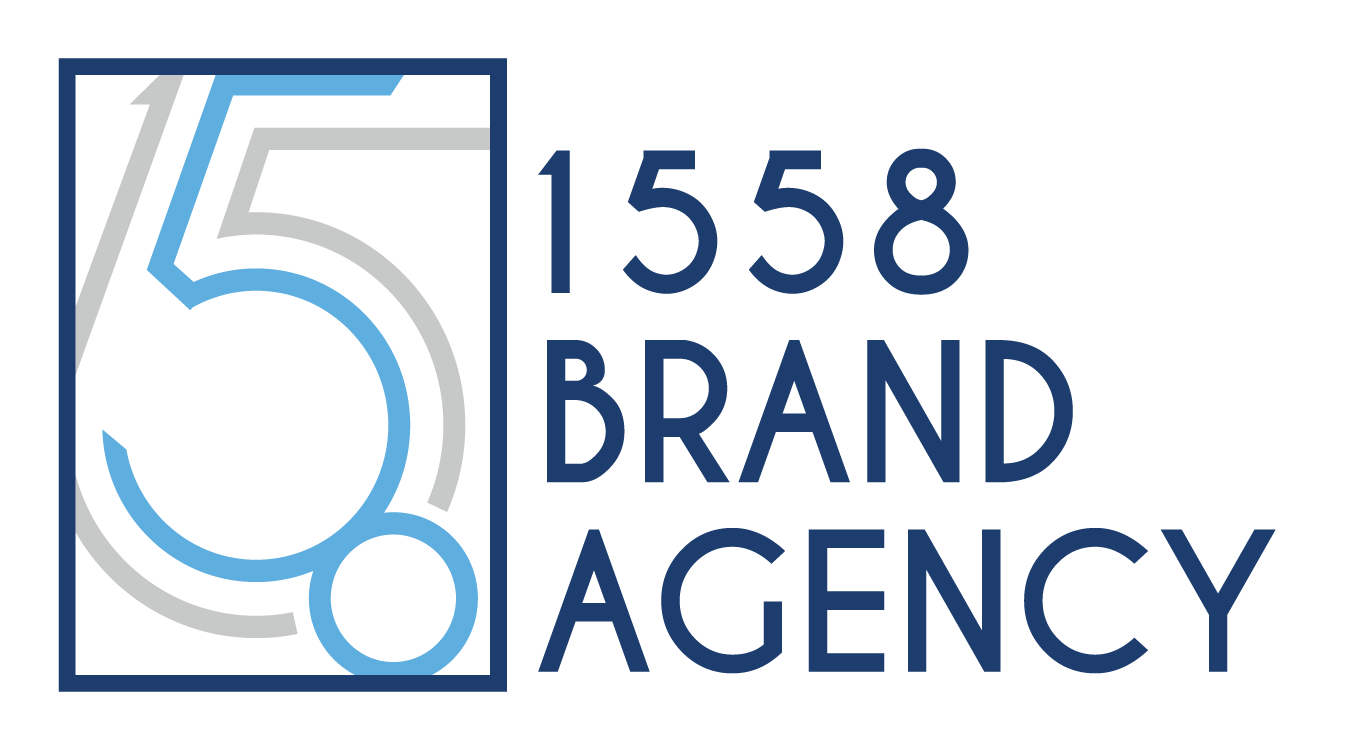In this series, we’ve been talking quite a bit about finding the right marketing agency to fit your needs. This particular blog focuses on the next step. Once you’ve found that marketing firm, how do you define each party’s roles and responsibilities in order to make the most of your partnership?
IT’S ALL ABOUT SETTING EXPECTATIONS!
The first step in setting expectations is defining your role as you begin to work together. Remember, you do have a say in what this relationship will look like. You can’t expect to work with a firm and be completely hands-off. Only you have the knowledge about your company that is needed for the marketing firm to strategize and execute a successful marketing campaign.
You also get a say in how big of a role you will play. Some of our clients at 1558 Brand Agency want to be very hands-on and involved in how their brand is communicating to potential clients. Others want to take a step back and merely receive a high-level briefing every few weeks. There is no “normal” when it comes to how involved you should be.
This brings us to the second step in setting expectations: what is the process and what will it look like? Let’s say for instance your marketing firm is handling your social media. Do you want to approve every post that goes out? If so, maybe you would prefer a content calendar at the outset that outlines every post on each platform for the next few months.
What about interacting with your audience? Do you want to respond to every comment or inquiry that comes in on social media – or would you feel comfortable handing over that baton and letting your agency assume your voice? The point is, don’t make any assumptions about roles and responsibilities. Make sure those are hashed out before you begin the campaign to avoid any surprises.
DEFINING GOALS AND METRICS
Before kicking off any marketing project, it’s important to set goals and objectives up front, so you can accurately gauge success. At the end of your agreement with your marketing agency – whether it’s a 3, 6, or 12-month contract (or even just a project), both parties should be able to sit down and see whether you hit your goals. Start by asking yourself: what are your objectives and desired end result? Your agency should ask you this up front. If they don’t, that might be a red flag. The point is, there should be a bar you set out to reach. After all, how can you possibly know if you’ve been successful if you don’t have metrics set?
These specific marketing objectives should align with your company’s overall objectives. For instance, you can ask yourself, what am I trying to accomplish as a whole and how can marketing impact this goal?
Keep in mind, especially with longer commitments, goals can and will change throughout the year as you’re executing these strategies. Just look at what 2020 brought everybody with COVID. Many small businesses found themselves adjusting course and shifting their objectives as we dealt with the unexpected.
A NOTE ON KEY PERFORMANCE INDICATORS
We discussed the importance of establishing your objectives up front. Now comes the how. We must set metrics to measure success, and that comes with establishing Key Performance Indicators, or KPIs.
KPIs are the statistics we will measure that our marketing should impact. Maybe your ultimate goal is to increase overall website traffic and drive new customers to your website. Get a baseline at the beginning of your marketing campaign. This would probably entail using Google Analytics to look at how many visitors you are currently getting weekly/monthly, as well as what percentage of those visitors are new users. Now, what’s your target? Do you want to double that figure? Triple the figure? It’s important to set a realistic target goal, but you can also have a stretch goal in there as well. The same would apply if you’re looking to increase social media followers or engagement or broaden your email database. Set your baseline upfront, then set your goal!
Most KPIs are pretty cut and dry, and progress/success is easy to see when backed up by figures. However, if one of your goals is brand awareness, that is usually one of the hardest things to measure in marketing. At 1558 Brand Agency, we work with many businesses on their brand awareness, so we are aware of the intricacies in measuring such an intangible item. Unless you are able to do some sort of brand awareness market research on the front end to establish a baseline and see who knows your brand and what you do, it will be difficult to measure as you move forward. Regardless, the key here is make sure you are sitting down with your agency and agreeing on what you will measure throughout the year.
MARKETING IS A MARATHON, NOT A SPRINT
A common question we often get asked is…How long until we see results? The answer is it really depends on where you are in the market. Are you a start-up with zero brand awareness? Obviously, in this case, it would take more time to get traction. Are you a well-established brand with a large social media presence? In this case, it would probably take less time. However, even well-established brands will need to invest time if they are, for instance, launching a brand new product.
No matter your situation, you will need to give your marketing time to work. Whether it’s 3 months, 6 months, or a year, it’s important to give your efforts time before switching things up or pulling the plug. There’s a lot of behind-the-scenes work of figuring out your target audience, and understanding their behaviors. Even Google takes a month to assess your digital marketing campaigns, so don’t give up hope if you’re not seeing immediate results.
Another factor that comes into play is the frequency at which your target audience is seeing your message or campaign. There’s a regularly referenced statistic that says it takes a minimum of three times to see a message before responding to it. Over the course of our career here at 1558 Brand Agency, we believe it’s more like six times. That’s why an integrated marketing approach is needed, so that you can reach your target audience on a variety of platforms, which may include social media, email, print, geofencing, TV, and radio, to name a few.
Of course, you should course correct if you’re not getting the results you want to see. Your agency should never be scared to tell you that they recommended a certain strategy for xyz reasons, but it didn’t work so this is how we should adjust. Your marketing can’t be set to auto-pilot. It’s important to continually assess and shift when needed. With a critical eye, an open mind, and the right partner, you will hit your stride and find the exact mix of marketing that works for you!
If you’d like more information on setting expectations, metrics or anything else we’ve covered here, send us an email at connect@1558brand.com.
Also…please check out our other blogs in this series!
You Don’t Have to Do It All Yourself – Reaching your Goals with the Right Marketing Partner
Finding the Perfect Match for your Business – How to choose the right marketing agency partner and where to find one
Narrowing Down the Search – Other factors to consider when searching for the perfect marketing agency

